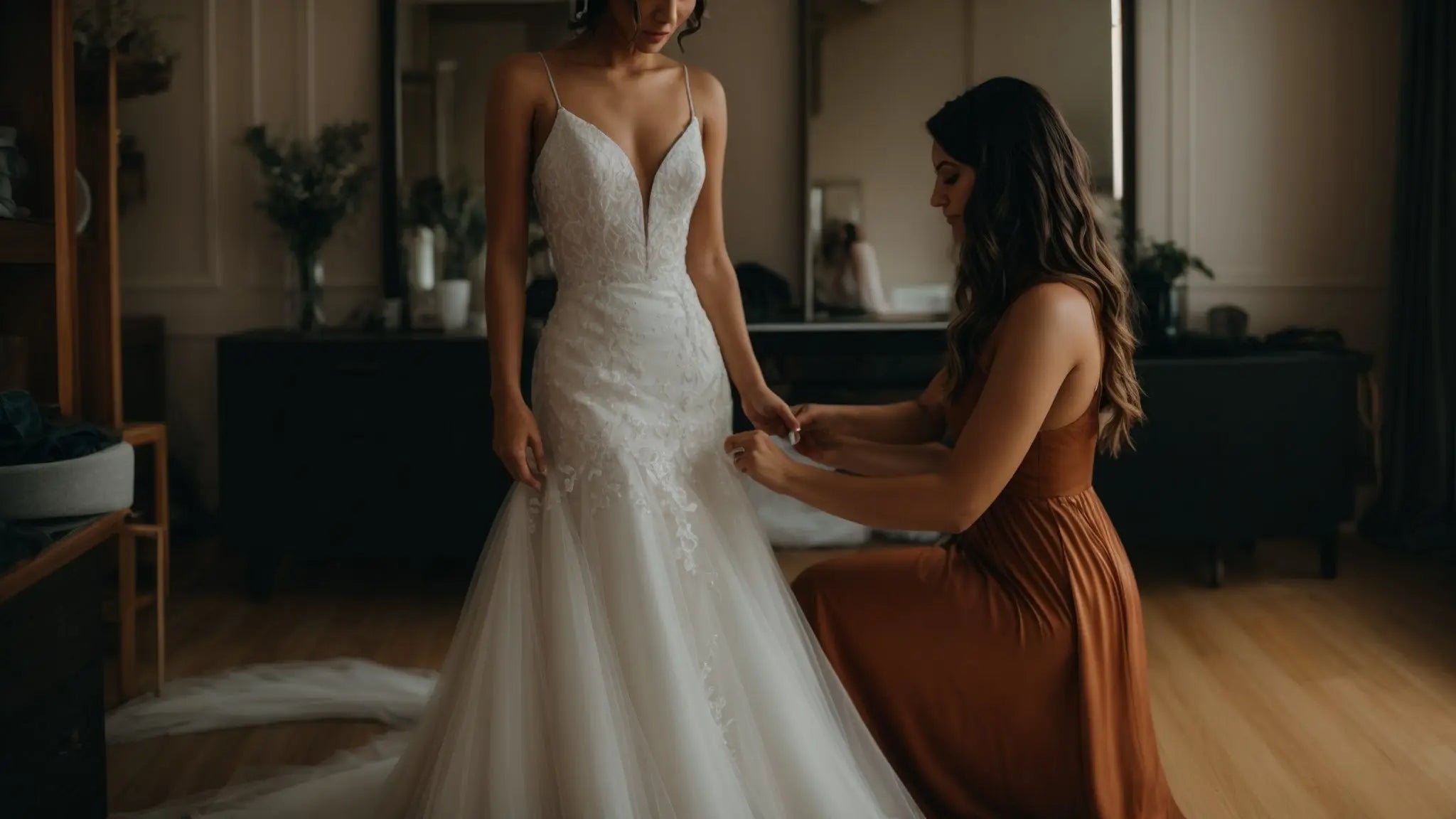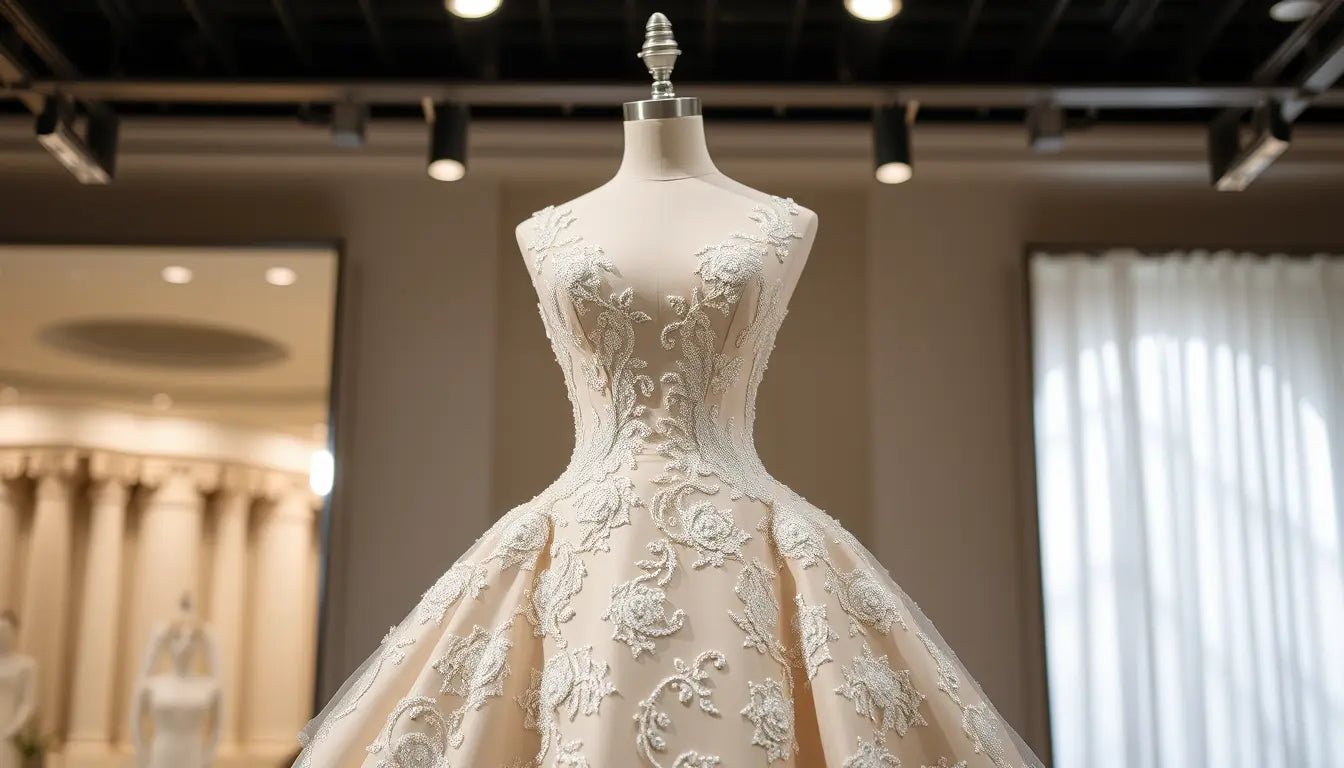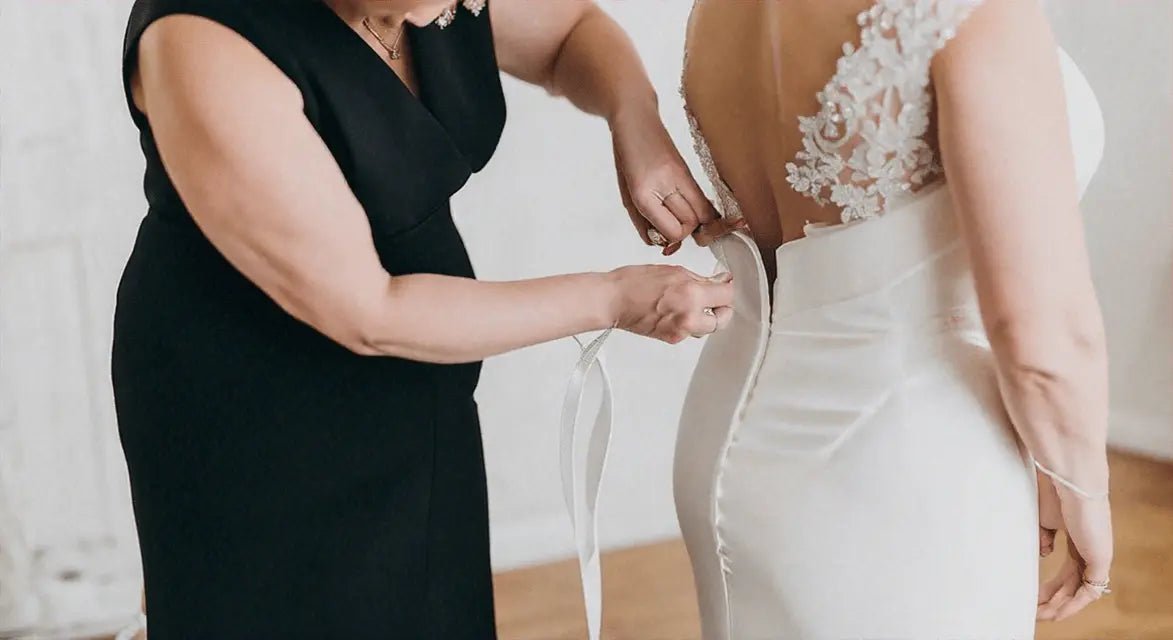
When to Start Your Wedding Alterations: A Comprehensive Guide
Planning your wedding can be both exciting and overwhelming, especially when it comes to selecting the perfect dress. One of the most important steps in this process is ensuring your wedding dress fits flawlessly. This is where wedding alterations come into play. Understanding when to start your alterations will significantly ease your stress, allowing you to focus on your big day. In this comprehensive guide, we will explore the ideal timeline for wedding alterations, helping you navigate this essential part of your wedding preparations.
Understanding the Importance of Wedding Alterations
Wedding dress alterations are crucial for a perfect fit. Whether your dress is too loose or too tight, even minor adjustments can transform your appearance and confidence on your wedding day. Customizing your dress not only enhances your natural silhouette but also reflects your personal style. It’s important to realize that most dresses, even those bought off the rack, will require some level of alteration.
Common Alterations Needed
There are several common types of alterations that brides often require:
- Hemming: Adjusting the length of the dress to fit your heels.
- Taking in sides: Ensuring that the dress fits snugly around your bodice.
- Adjusting bust: Modifying the bust area for support and appearance.
- Altering sleeves or neckline: Changing the style of sleeves or neckline to fit your preference.
- Resizing: Adjusting the overall size of the dress, often necessary if your weight has changed.
When to Schedule Your First Fitting
Experts recommend that brides start their wedding dress alterations approximately three months before the wedding day. This timeline allows ample time for multiple fittings and adjustments. Booking your first fitting should be done as soon as you pick up your dress or a few months before the wedding, especially if it’s a popular style or from a busy bridal shop.
Why Three Months is Ideal
Scheduling your first fitting three months in advance gives you flexibility. You’ll have time for adjustments without feeling rushed. Additionally, factors such as weight fluctuations or unforeseen changes can be accommodated without added stress. Having this buffer period ensures that your dress can be altered as needed, allowing you to feel comfortable and confident on your wedding day.
The Fitting Process
Once you have your first fitting scheduled, it will often involve several meetings with your tailor to ensure the perfect fit. During each fitting, they will take measurements, make adjustments, and check the dress’s overall look. The process typically unfolds as follows:
Multiple Fittings Explained
A general timeline involves an initial fitting followed by one to two additional fittings. The initial fitting focuses on assessing the dress and noting all necessary alterations. After each subsequent fitting, your tailored adjustments will be made, often taking about one to two weeks to complete. Your final fitting should ideally be scheduled two weeks before the wedding to give you peace of mind.
Preparing for Your Fittings
Preparation for your fittings can play a notable role in achieving the best alterations for your wedding dress. Here are some suggestions to help you get ready:
What to Bring
When attending your fittings, remember to bring:
- Your wedding shoes for accurate length measurements.
- Any undergarments planned for the big day, such as shapewear or a specific bra.
- Accessories you intend to wear, like a veil or jewelry, to see how they complement your dress.
Dressing Comfortably
Consider wearing comfortable clothes that are easy to change out of. If your hair will be styled similarly on the wedding day, you might want to replicate that look to see how the styling interacts with your dress.
Dealing with Unexpected Changes
Sometimes, unforeseen circumstances arise, such as weight changes or unexpected alterations needed. Should this occur, your tailor may need to make last-minute changes. It's wise to discuss these possibilities in advance.
Communication is Key
Maintain an open line of communication with your tailor regarding any changes to your weight or preferences. Experienced tailors will often advise setting up a final fitting closer to your wedding date to accommodate any last-minute adjustments while ensuring the dress fits perfectly.
Conclusion: Making the Process Smooth and Enjoyable
In conclusion, starting your wedding alterations about three months before your wedding day sets you up for success. By understanding the importance of alterations, scheduling fittings early, and preparing accordingly, you’ll ensure your dress fits beautifully on your special day. Avoid the common pitfalls of last-minute alterations and weigh fluctuations by allowing plenty of time for adjustments. This guidance will allow you to enjoy the process instead of stressing over it. Remember, your wedding dress is a reflection of your style, and with the right alterations, you’ll be ready to walk down the aisle with confidence.
Frequently Asked Questions (FAQ)
How long do wedding dress alterations take?
Wedding dress alterations can take anywhere from a few days to several weeks, depending on the complexity of alterations needed and the tailor's schedule.
Can I lose weight before my wedding?
While it’s okay to work on weight loss, it’s advisable to have your final fitting just before your wedding to ensure a proper fit. Communicate with your tailor regarding your concerns to address any adjustments.
What if I need alterations after the final fitting?
Some tailors offer last-minute alterations, but it’s essential to confirm this before the final fitting. Always have a backup plan for potential adjustments.




Leave a comment
This site is protected by hCaptcha and the hCaptcha Privacy Policy and Terms of Service apply.